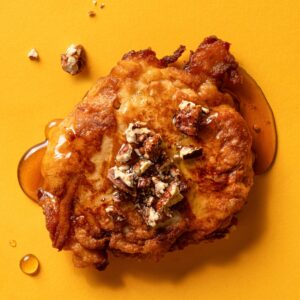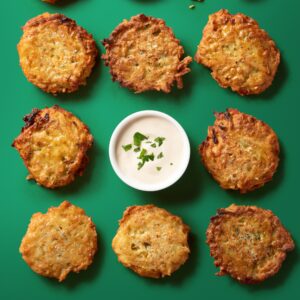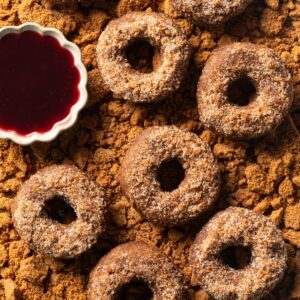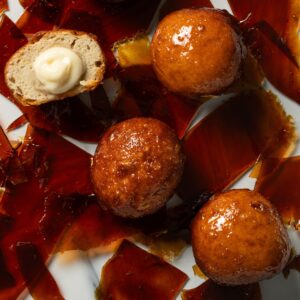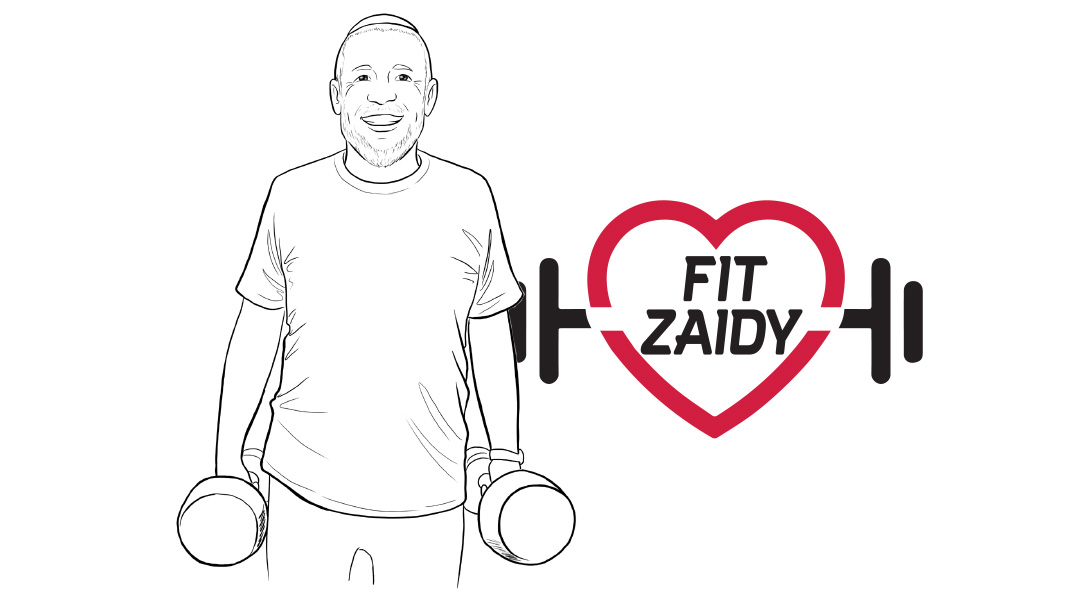Ori Schwartzman
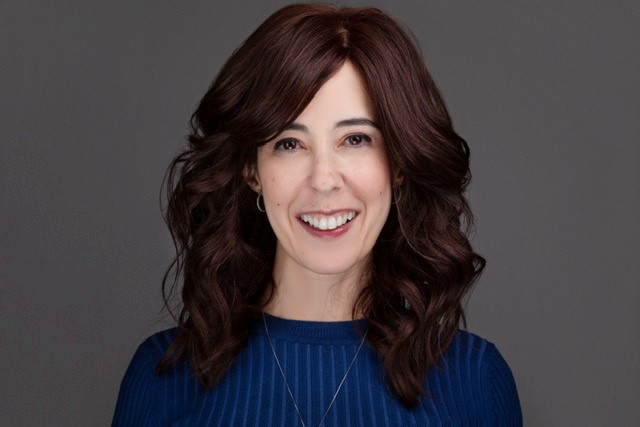
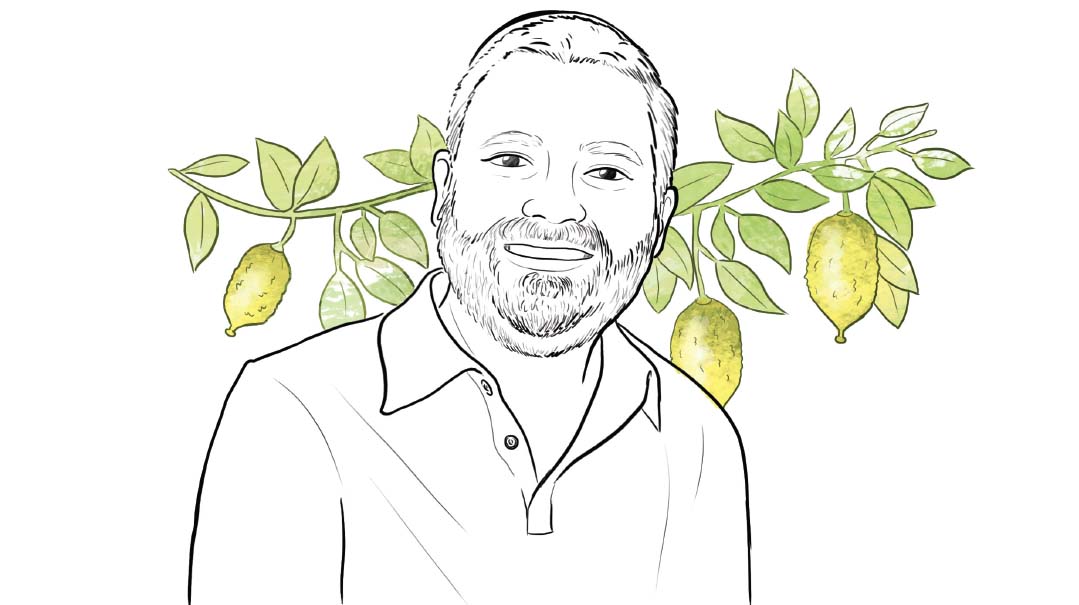
Illustration by Lea Kron
I once figured out that out of the many plants I tried to grow one summer, the two zucchini, three peppers, and one eggplant that actually grew cost me ten dollars each. I think I’m better off just relegating my black thumb to typing articles!
With shemittah coming up, growing produce seems to be on everyone’s mind. Imagine if the blessing of abundant growth was also coupled with the opportunity to enable Klal Yisrael to perform a mitzvah. Meet the man who knows everything you need to know about esrogim, Ori Schwartzman.
How did your esrog dynasty begin?
It began in 1935 with my great-grandfather, Rav Yehoshua Zev Schwartzman. His sons, Reb Chanan and Reb Dov, planted esrog plant seedlings in the community of Chibat Tzion in Petach Tikvah. Rav Yehoshua Zev and his sons took esrog branches from the Chazon Ish and grafted them with the branches of the Braverman esrogim to create Schwartzman esrogim.
Eighty years and four generations later, our business has become well known. My father, Betzalel, grew the business and brought the esrogim overseas to America and Canada. As the fourth generation, my brother Lidor and I work together in the distribution of our esrogim and also supply Yanover, Moroccan, Chazon Ish, and Teimani esrogim, in addition to our own. This year we gained a fifth generation, when I brought my 16-year-old son, Ofek Chaim, along with me on my annual trip to America.
From what age were you involved in the esrogim?
I started as young as five. I was on the fields and in the orchards as soon as my father let me. Of course, as a child, I just walked around the field watching. The workers pointed out different ways to notice which esrogim were of good quality and which ones might be diseased and had to be cordoned off from the others. I learned about which soil is best and which temperature esrogim will grow in and when an esrog was ready to be picked.
As I got older, I became more hands-on with the labor, and eventually I went into the business end. People trust my opinion because I was raised with esrogim.
What do people look for in an esrog?
It depends on who’s looking. The litvish usually want smooth, clean esrogim and don’t focus as much on size. Chassidim prefer bumpy, larger ones, and they want the top third of the esrog to be perfect. Moroccans and Teimanim want those huge esrogim. The customers from Satmar prefer the Yanover esrogim, which we import from Italy, or
Moroccan esrogim.
That doesn’t mean we don’t have litvaks who also want a Teimani esrog! We have customers who buy a few types of esrogim and make a brachah on all of them.
How far-reaching are your esrogim? Do any famous people use them?
We have haskamos from many great rabbanim, including Rav Moshe, ztz”l, and Rav Aharon Kotler (who incidentally gave his haskamah before we became family. Rav
Berel Schwartzman, my grandfather’s brother, married Rav
Kotler’s daughter). My father has given esrogim to Rav Chaim Kanievsky, the Belzer Rav, the Sanzer Rav, and many more!
What changes have you seen in the business over the years?
In my great-grandfather’s day, our orchards were ten dunams. It’s grown to over 120. Back then, the esrogim were graded into five levels of beauty, but there are many more levels now. Selecting is done by the pickers, who separate the esrogim by quality. We have a very high standard of what we’ll sell; sometimes as much as 50 percent of a crop will be put aside and not sold.
What’s the average esrogim purchase order of a typical family?
Some people come to buy just one esrog, and then there are grandparents who buy for all their children and grandchildren, sometimes as many as 30 esrogim. One story that sticks out for me is a teacher in a kiruv school who bought enough esrogim for each of her students so they could each cherish their own esrog as they grew closer to Yiddishkeit.
How has being in the field (pun intended) of selling esrogim affected you as a person?
When you grow something as delicate as an esrog, which takes so many years to grow and whose success is dependent on so many variables, you have no choice but to rely 100 percent on Hashem. I am also very close to nature. Each of my kids, Ofek Chaim, Keshet Ohr, Agam, Techelet, Keter, and Tiferet have names that reflect my and my wife’s connection to nature. We are very blessed to be in this business.
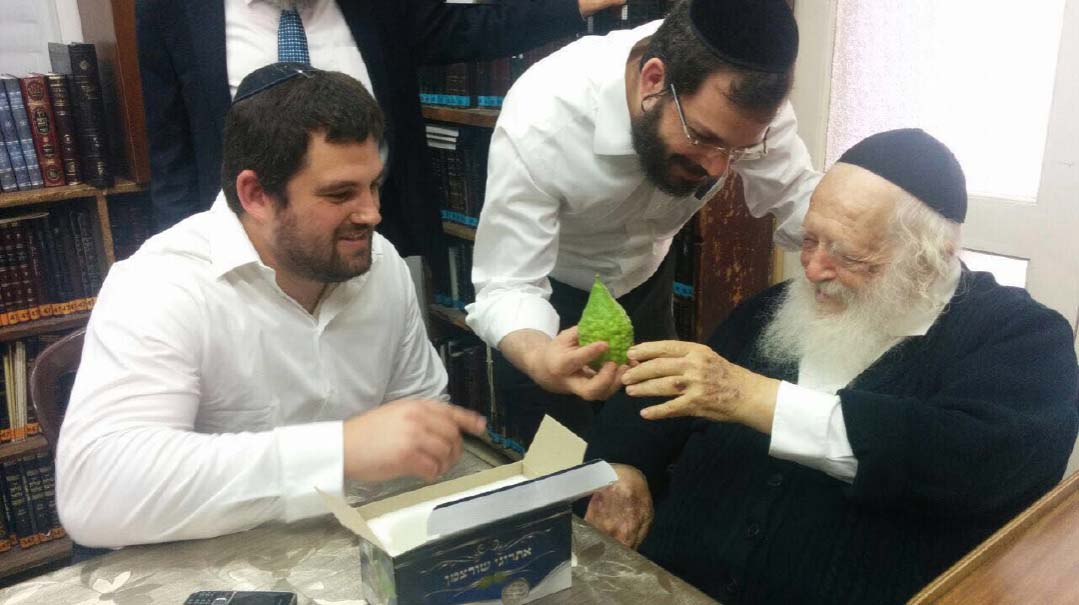
Photo Credit: Lidor Schwartzman
Ori in 60 Seconds
Homesick: Besides my wife and kids, what I miss most about home for the three months around Yom Tov that I’m overseas selling esrogim is the peace and quiet of my moshav.
I don’t leave home without: My Arabic black coffee. It’s a great way to wake up, and I really enjoy the strong smell.
Largest esrog we ever grew: A Teimani esrog my father grew once reached half a meter in circumference and weighed five kilograms (over 11 pounds). It was huge. I sell large esrogim all the time, but I’ve never seen anything like that one, and I haven’t seen any like it since.
Unexpected profession: I co-wrote The Heart of the Esrog with Menucha Fuchs. It’s a compilation of stories for kids of people who appreciated and glorified the mitzvah of esrog. So much can be taught through a story.
Insider's Tip
To keep your esrog from getting too yellow, put it into a paper bag with holes in it and then in the box it came from. Keep in a cool spot.
(Originally featured in Family Table, Issue 760)
Oops! We could not locate your form.

